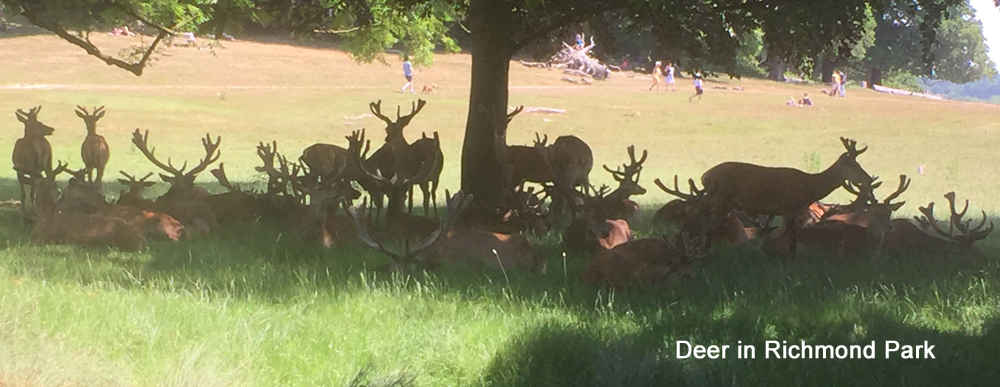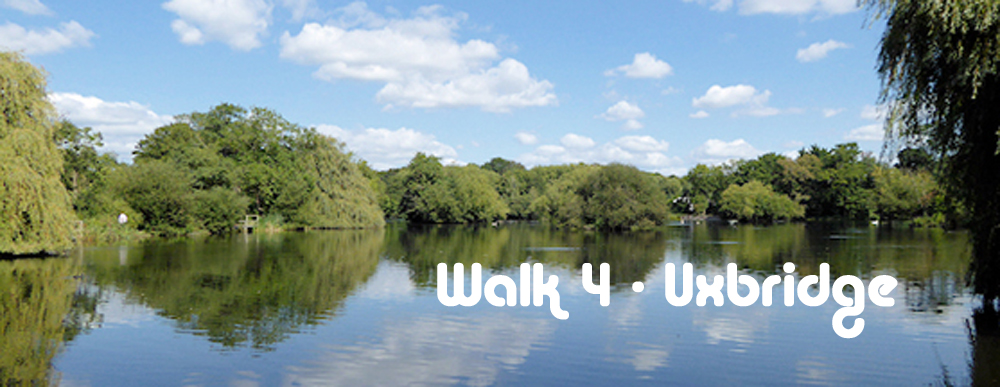
Introduction
Having seen and enjoyed some of the world’s great cities, I remain firmly of the view that my own city, London, is one of the best, not only for the abundance of experience which it offers to visitors but also because of the endless opportunities for its own citizens to get out and about and explore interesting places and countryside. From Runnymede in the west to Epping in the east, from the North Downs in the south to the Lea Valley Park in the north, London is a treasure trove of places to visit and, in particular, to enjoy a walk. Any attempt to document such delights needs a structure and I have chosen the London Underground as the backbone of this book. Visitors and citizens alike, all use this mode of transport during their time in the capital and I believe the terminus destinations displayed on indicator boards have a gentle charisma. They beckon us on to distant parts of London that do not form part of our plans. Now there is a reason to visit them. This book documents 26 walks from London tube termini, literally “beyond the end of the line”.
The Nature of The Walks
Because they radiate from tube terminus points, these walks are mostly suburban in nature but this does not mean a lack of open countryside or waterways. They rapidly shrug off streetwalking for country footways, paths through parkland and routes along rivers or canals. On many of these you can experience both solitude and local wildlife. Sometimes an occasional dog-walker is the only person you will meet along the way. Unavoidably there are a couple of walks which can be described as urban but these strive to take in local places of interest. Only four of the walks are circular. The rest are linear but always finish at a point where there is a tube or railway station. They cover a variety of distances from 4 to 12 miles.
The Nature of Suburban London
London is a sprawling metropolis. It has a population of 9 million and an area of approximately 1,500 square miles. 300 different languages are spoken. But outside the dense urban core it is a collection of townships each with their own character and infrastructure. Bromley is very different to Ilford. Ealing is nothing like Harold Wood. These walks allow you to sample the feel of these different communities and locations. And between many of these towns there are large areas of protected open countryside which are ideal for walking. Something which is common throughout the capital is a superb public transport infrastructure and some of the walks can be shortened, if preferred, by taking buses or by stopping at an intermediate station
Information Provided
For each walk, the book gives details of distance, conditions underfoot, how to return to central London, refreshments, opportunities for shortening and information on things you will see. There are also detailed route directions and route maps.
Enjoy
I hope you enjoy these walks. I would be delighted to receive your feedback via the email shown below.


